Susumu Hirasawa is a Japanese musician and composer. He is well known for his work for the films of director Satoshi Kon and the animated adaptations of the Berserk manga series, alongside his work as a solo artist.
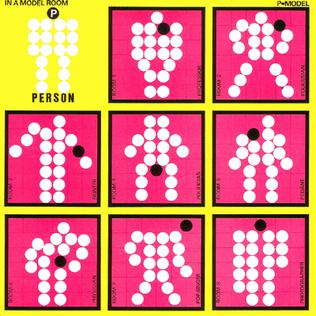
In a Model Room is the debut album of Japanese band P-Model. It was an electronic pop album, released in 1979 under the label, Warner Bros.
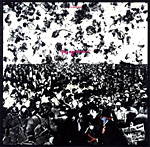
Potpourri is the third album of Japanese band P-Model.

Aurora is Susumu Hirasawa's fourth solo album.

Technique of Relief is the seventh solo album by Susumu Hirasawa.
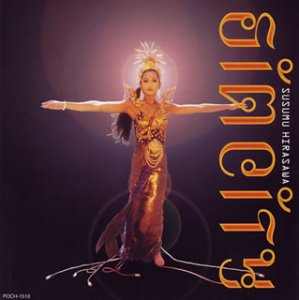
Sim City is a 1995 album by Japanese musician and composer Susumu Hirasawa. It is his fifth solo album.

Philosopher's Propeller is the eighth solo album by Susumu Hirasawa, the first to be completely self-released.

Shibuya Public Hall is a theatre located in Shibuya, Tokyo, Japan. It was completed in 1964 to host the weightlifting events in the 1964 Summer Olympics.

Berserk: The Golden Age Arc is a Japanese anime film trilogy, which adapts Kentaro Miura's Berserk manga series's Golden Age arc, and was produced by Studio 4°C. The first two films, The Egg of the King and The Battle for Doldrey, were released in Japan in February and June 2012, and the third film, The Advent, was released in February 2013. In North America, Viz Media has licensed the trilogy for English home video release. A remastered edited version for television with new scenes, labeled as "Memorial Edition", was broadcast for 13 episodes from October to December 2022.

Water in Time and Space is Susumu Hirasawa's first solo album.

P-Model made a demo in 1979 to obtain a recording contract; it features 2 songs, each one being composed by Susumu Hirasawa and Yasumi Tanaka, P-Model's main songwriters at the time. The band negotiated with 8 record labels, in the end, they chose to sign a contract with Warner-Pioneer, all P-MODEL releases from 1979 to 1981 were handled by Warner-Pioneer, including IN A MODEL ROOM, the album where both of these songs were included. Hirasawa also gave a copy to Plastics keyboardist Masahide Sakuma after a Plastics show after asking him to produce In a Model Room, which Sakuma accepted. Due to the demo nature of the recordings, they are rawer and punkier than the studio recorded versions. The demo was released by Hirasawa's SYUN label in 1994 as a bonus for those who bought both OOPARTS and Pause, the first release of the SYUN label. The demo was remastered by Hirasawa and re-released on the Ashu-on [Sound Subspecies] in the solar system box set on 10 May 2002; it was put on CD 13, with SCUBA RECYCLE, Air On The Wiring and the In a Model Room outtake WHITE SHOES.
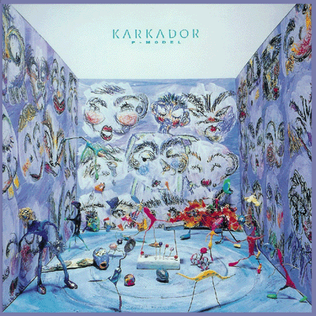
Karkador is the sixth album by the Japanese electronic rock band P-Model, and the first where frontman Susumu Hirasawa was the sole remaining founding member.

One Pattern is a 1986 album by P-Model and the last before the band's hiatus in 1988.

Siren is the sixth solo album by Susumu Hirasawa.

Gipnoza is the second album by Kaku P-Model.

Archetype | 1989-1995 Polydor years of Hirasawa is Susumu Hirasawa's fourth compilation album.

Fune is the tenth studio album by P-Model and the first by its "revised" lineup.

Electronic Tragedy: Enola, stylized as Electronic Tragedy/〜ENOLA, is the eleventh studio album by P-Model and the second by its "revised" lineup.
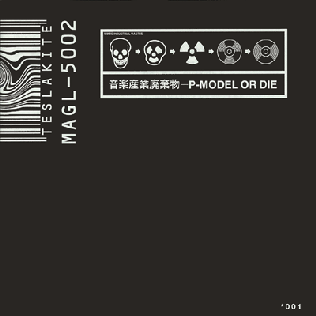
Music Industrial Wastes: P-Model or Die, stylized as Music Industrial Wastes〜P-MODEL OR DIE, is the twelfth studio album by P-Model, the third by its "revised" lineup and the final one for the band overall.
The following is the solo discography of Susumu Hirasawa, Japanese musician and composer. Since the beginning of his professional activities in 1973, Hirasawa has produced a prolific number of recordings, with a constant stream of releases since 1978, under his own name as well as multiple bands and side projects. See Mandrake, P-Model and Shun (band) for more output.


















